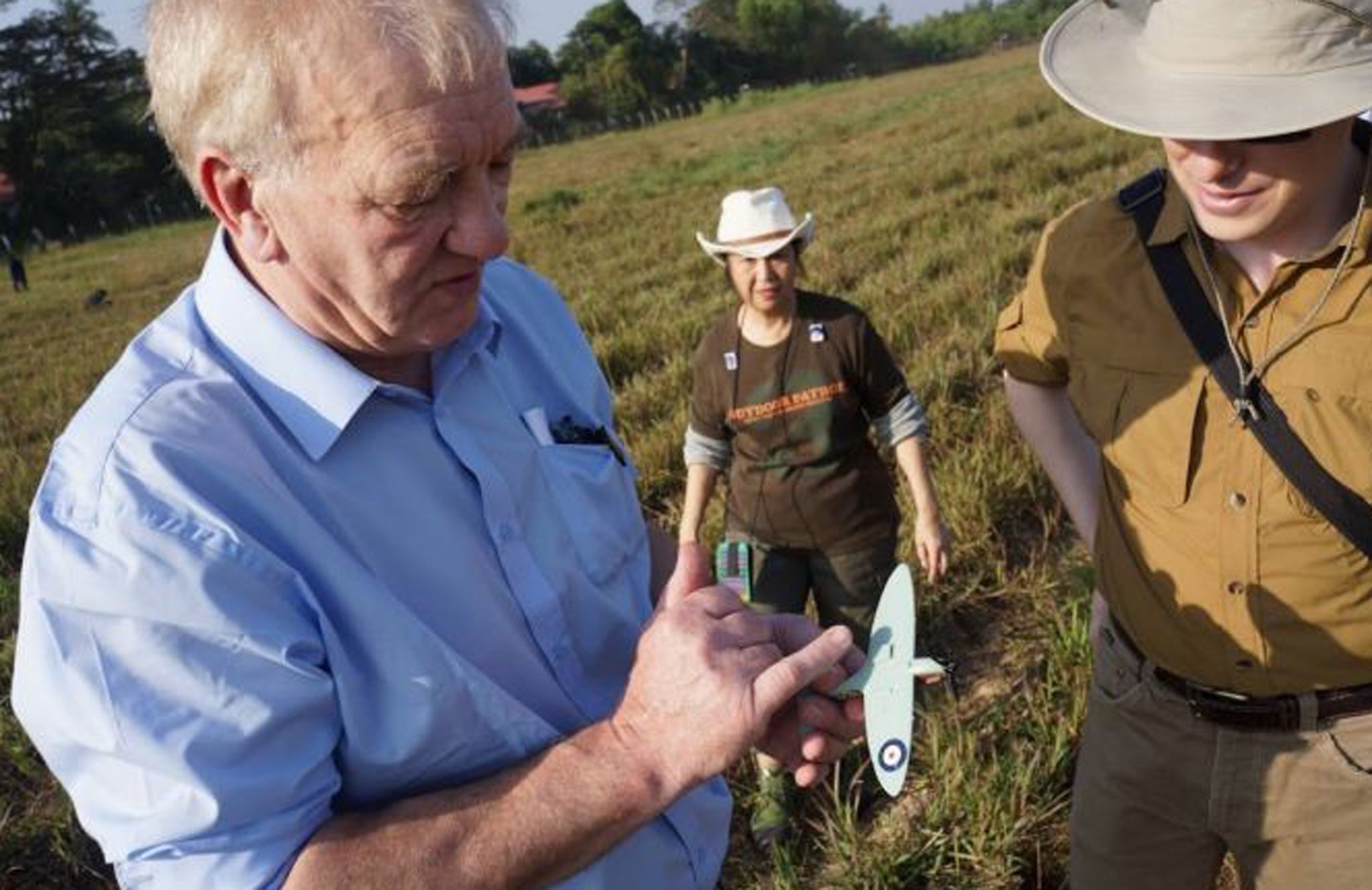No 'lost Spitfires' buried in Burma
Dig near Rangoon International Airport proves fruitless but Lincolnshire farmer insists search will continue elsewhere in the country

After a 17-year campaign to uncover the truth, David Cundall was reluctant to accept the news. There is no lost squadron of Spitfires buried in Burma, it appears, after the hunt for the missing World War Two planes ended in disappointment.
A week of excavation work at Yangon (Rangoon) International Airport found no evidence for the claim that 124 Spitfires were buried in sites around Burma at the end of the war, archaeologists stated.
The conclusion came as a blow to Mr Cundall, a Lincolnshire farmer, who is convinced that unassembled Spitfires were packed into crates and buried by the RAF at sites in Burma on the orders of Lord Mountbatten at the end of the war in 1945.
Mr Cundall spent more than £130,000 working to track down the rare aircraft, collecting eyewitness accounts from American and British service personnel as well as local people to back up his conviction.
The Burmese Government gave Mr Cundall's team permission to dig for the planes at the airport, following a meeting between President Thein Sein and David Cameron. JCB excavators and tents lined the runway and the most sophisticated underground search equipment introduced.
Mr Cundall, 62, who believes the discovery would be as significant as Howard Carter finding Tutankhamun’s tomb in Egypt, yesterday claimed that the archaeologists had been looking in the wrong place. He will continue his search in the north of the country after the dig party disbands.
Asked if he would apologise if he was proved wrong, he replied: “Of course I will. But I've tried and I believe it’s better to have tried and failed than not to have tried at all.”
Scientists had discovered large concentrations of metal under the ground around Rangoon's airport, lending support to the theory that up to 36 Mark XIV Spitfires planes were buried there.
Fergal Keane, the BBC News correspondent who observed the dig, said: “I understand they believe traces of metal alloy found in the ground could come from other sources. During the dig they uncovered pieces of the old metal runway.”
He added: “One possibility they have studied is that witnesses may have seen crates of other aircraft - used for observation work - being shipped through the airport during the period.”
A press conference scheduled by Wargaming Ltd, a Belarusian video games firm which funded the excavation, was cancelled on the grounds that there were no Spitfires to report.
The search however continues, with central city of Meiktila another site identified as a possible burial ground for the Spitfires.
Earlier this month, diggers discovered a crate in the Kachin state capital Myitkyina but muddy water stopped an immediate identification of its contents.
Just 20,000 of the single-seat Spitfires, which helped Britain beat back waves of German bombers during the war, were produced.
Mr Cundall launched his hunt in 1996 after hearing a group of US veterans remark that they once buried Spitfires in Burma. He planned to reassemble a Spitfire in Britain from the parts, which he believed had been buried in good condition.
Join our commenting forum
Join thought-provoking conversations, follow other Independent readers and see their replies
Comments